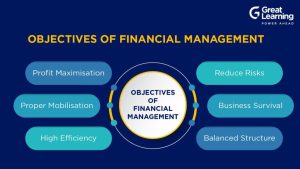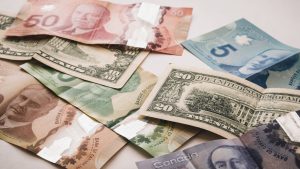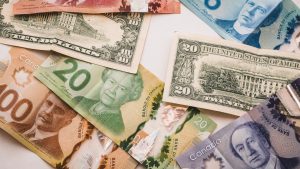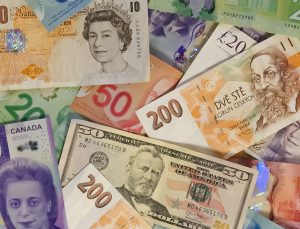What Has The Economic Crisis Taught Us?
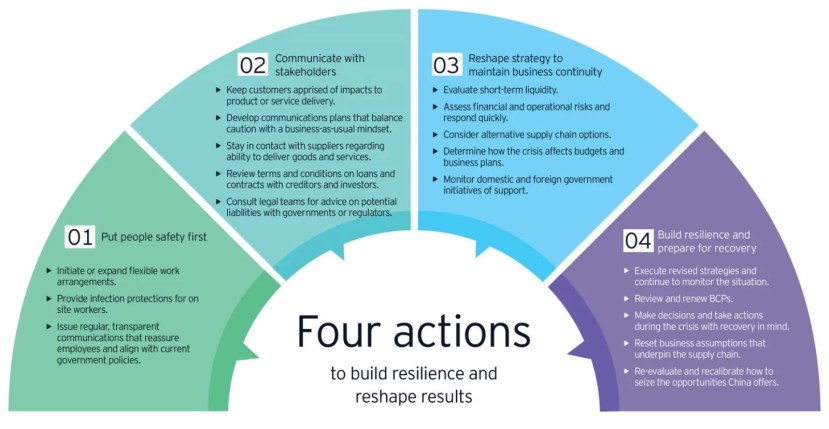
Many crises have a common phenomenon of asset overheating. When a certain value leads to a surge in demand, its price will be far higher than the actual value. When the price is close to the number unacceptable to potential buyers, the market will touch the price. There are fewer and fewer people buying assets, and sellers have lowered the threshold, but it is useless. Panic sales replaced speculative demand. This continues until prices rebound from the bottom, but not at this rate.
In an unstable market, you can make money, but the risk of losing everything is much higher. In this article, we will show you how some crisis examples occurred.
Tulip in Holland
This is the first time that the economic crisis has been fully documented. The story is simple: common tulips begin to appear with mottled petals.
The rare light bulb has become a profitable asset. The price of a light bulb has repeatedly exceeded the annual income of the craftsman. There are flower growers, experts, art collectors and investors who want to make money from flowers.
It is obvious that tulips do not grow in winter. Then enterprising flower growers began to sell this crop, which would grow in this season. Under these conditions, an agreement was reached. The seller promises to deliver goods in spring, and the buyer promises to buy. The price is determined before delivery and at the time of transaction.
The commitment signed by both parties was no less than the tulip itself, and the transaction was successful. Speculators’ rumors and promises will soon draw everyone’s attention to this flower, and the price will rise several times.
This is the operation mode of futures trading: investors do not buy assets, but the obligation to buy or sell in the future, and the current market price. It was not until the tulip crisis that futures trading became a phenomenon.
Two years later, when the psychological trough passed, the market grew again. Although the tulip index began to sell at a fair market price in 1636, there was no exaggerated advertisement of demand and panic sales. Moreover, the price of tulip gradually declined, no longer bringing disastrous results to bidders.
although painful, the precious tulips disappeared after several generations. For the first time in history, the stock market foam was recorded in detail. The name of the people who speculated and became rich in tulips has not yet spread in our time. But the conclusion is mumbling. When the price of light bulbs and futures rises or is as high as possible, those who can stop playing games in time gain profits. Tulip traders were lucky: they successfully sold overheated assets before the market collapsed.
Some people also compare this crisis with the gambling industry. Just as it is almost impossible to think of a difficult and feasible strategy in KINO or Roulette, it is difficult to predict what kind of crisis will occur in the future.
Black Thursday
Economists are still debating the causes of the crisis. However, the previous exchange collapse was under the same law as the Dutch tulip crisis.
In the 1920s, the American economy experienced economic prosperity after the First World War, and production and market capital increased continuously. Government policies encourage large enterprises to actively form a consumer society. At the same time, loans are cheaper, allowing low-income citizens to obtain huge loans. This led to the fact that many Americans began to speculate in securities.
The demand for stocks pushed up the price. The rising price attracted new investors. The price rose again, and more investors participated in speculative trading. The purchase price of a share is much higher than its fair market value, usually on credit. Since then, margin loans have become widely used. Investors introduce leverage for trading. Therefore, the total operating amount is several times higher than the capital. Using this tool can increase transaction profits, but increase risks. In a non profitable transaction, the payment with the lender may destroy all the investors’ capital in one or two transactions.
The stock market lost about 40% of its capital, or 30 billion dollars.
With the arrival of Black Thursday, the Great Depression began, which is an economic shock that the United States and the world have experienced for many years. After the crisis, the United States established the Securities and Exchange Commission(SEC) in 1932 to prevent the stock market from collapsing again. Regulators shall supervise the issuance and circulation of securities, and shall not allow transactions that have a significant impact on the price level, nor shall they be allowed to be appointed in the market. Now every country has institutions that can communicate at least once.
Black Monday
On October 19, 1987, the Dow Jones Index of the 30 largest companies in the United States fell for no reason. This is after several years of rapid growth. As the chain reaction spread around the world, the Australian stock market fell 41.8%, the Hong Kong stock market fell 45.8%, the Canadian stock market fell 22.5%, and the British stock market fell 26.4%. Interestingly, the low power consumption of computers saved the global financial crisis. Transactions are executed in automatic mode at the inventory terminal. When trying to panic sell, the system only depends on the number of applications, delaying the price collapse.
The version of the event currently occurring is being discussed. One of the main problems is the automation of exchanges. The application is submitted by the automaton and executed by the automaton, which will cause too many operations and system interrupts.
although the index fell sharply, the stock market recovered relatively quickly after several years, and the real economy hardly suffered any losses.
The main lesson for equity regulators is that if the market is too loose, trading must stop. Computer failures that occurred in 1987 are now part of the exchange convention. If demand surges or a sharp sell-off occurs, the transaction will be suspended for a few minutes. This does not allow securities to significantly change their value.
conclusion
It is difficult to predict exactly when the crisis will begin. Like the night before Black Thursday, the situation may last for several years, or even look quite prosperous, but the collapse will happen unexpectedly. The market is an active self regulating system, and its behavior is not always predictable. In addition to dealing with crises rather than empty fists, it is also important to understand this theory. Knowing how markets, exchanges, and tools work can protect you from unreasonable behavior. Most of the mistakes in the crisis were not caused by proven strategies, but by investors who had not received training to trust their intuition.



